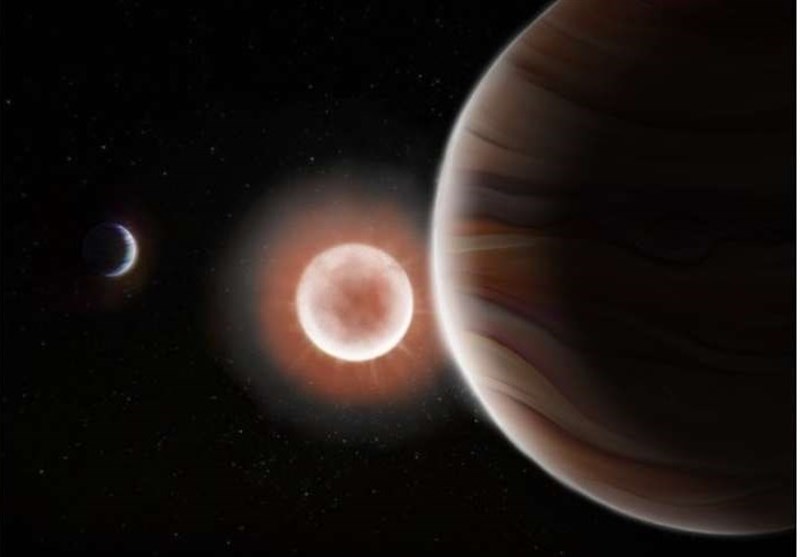Researchers Detect Two Longest-Period Exoplanets with TESS
TEHRAN (Tasnim) – Scientists from the University of New Mexico (UNM) and the Massachusetts Institute of Technology (MIT) have identified and confirmed two of the longest-period exoplanets discovered by TESS to date.
These large exoplanets, which orbit a K dwarf star, fall into the category of warm Jupiters with orbital periods ranging from 10 to 200 days and sizes at least six times that of Earth. This discovery opens new avenues for studying long-period planets resembling those in our solar system, Phys.org reported.
The findings, titled "TOI-4600 b and c: Two long-period giant planets orbiting an early K dwarf," will appear in a forthcoming issue of The Astrophysical Journal Letters. Utilizing photometric data from the Transiting Exoplanet Survey Satellite (TESS) and ground-based telescopic observations, the exoplanets TOI-4600 b and c were initially detected and subsequently confirmed.
TESS's observing approach, dividing the sky into 13 sectors observed for approximately 28 days each, represents a comprehensive all-sky search for transiting planets. This method has proven effective in detecting planets of varying sizes around diverse types of stars. In the case of TOI-4600, the host star is a K dwarf star, often referred to as an orange dwarf, slightly smaller and cooler than the Sun.
For exoplanets to be detected accurately by TESS's Science Processing Operations Center (SPOC) pipeline and the Quick Look Pipeline (QLP), they must transit their host stars at least twice during TESS's observation period. Since 74% of TESS's sky coverage is limited to 28 days, most TESS-detected exoplanets have periods shorter than 40 days. Consequently, the 82.69-day (nearly 3 months) period of TOI-4600 b and the 482.82-day (16 months) period of TOI-4600 c enhance the value of their discovery.
Ismael Mireles, lead author of the paper from the University of New Mexico, collaborated with researchers from MIT and the University of Bern to measure the planets' periods and sizes. After initial transit detection, the team confirmed the planets' existence and identified their signals, ensuring their accuracy.
The researchers also assessed the planets' masses and sizes by monitoring the wobbling of the host star, a result of its gravitational interaction with the planets. The inner planet, TOI-4600 b, is approximately seven times Earth's radius, falling between the size of Neptune and Saturn. It maintains an estimated temperature of around 170 degrees Fahrenheit, relatively hot compared to other discovered planets.
The second planet, TOI-4600 c, is about nine and a half times Earth's radius, similar in size to Saturn. Initially, it transited the star once during TESS's first observation and then nearly three years later during its second transit.
A model developed by collaborator Hugh Osborn at the University of Bern was employed to compare possible orbital periods, ultimately determining that half of 965 days, or 482.82 days precisely, was the most likely period for TOI-4600 c. With this period, it becomes the longest-period planet discovered by TESS to date and one of the coldest, with temperatures around -110 degrees Fahrenheit.
Katharine Hesse, TOI & Vetting Lead at MIT, assisted with data analysis, placing the TOI-4600 system in the context of other multi-planet systems found by missions like TESS. This comparison aids in understanding planet formation processes.
Mireles emphasizes the importance of this discovery due to the rarity of long-period giant planets, prompting further questions about their formation and potential interactions with smaller planets in their systems.
Mireles encourages citizen scientists and amateur astronomers to engage in the research discovery. On October 16, a potential transit event offers an opportunity for observation to confirm the outer planet's 482-day period, even with smaller telescopes, further demonstrating the critical role of citizen scientists in confirming these findings.






